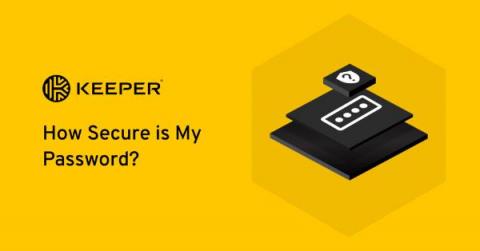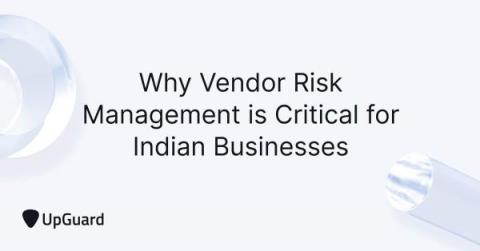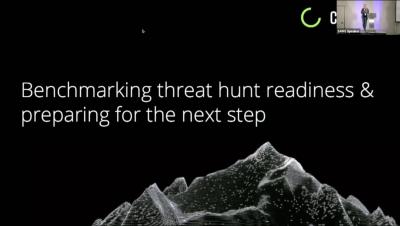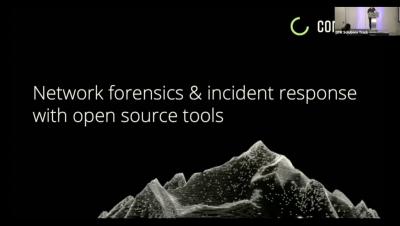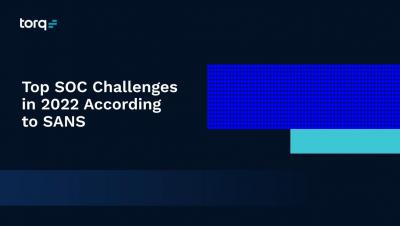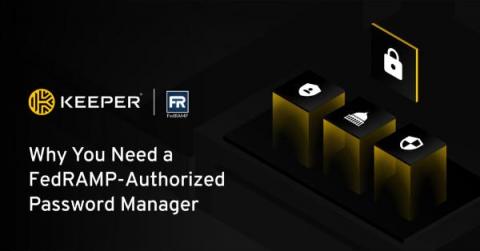Security | Threat Detection | Cyberattacks | DevSecOps | Compliance
Security
How Secure is My Password?
A secure password contains randomized letters, numbers and characters with a minimum length of 8 characters. Memorizing strong passwords can be difficult which is why passwords are often reused. While reusing passwords makes it easier for you to remember, it also makes it easy for cybercriminals to gain access to your personal data. To prevent your data from falling into the wrong hands, it is important to learn the best practices that will ensure your passwords are secure.
Why Vendor Risk Management is Critical for Indian Businesses
Few Indian businesses are included in the ever-increasing list of major data breaches. But data suggests that this streak of luck could soon be reaching its end. Increasing third-party security risks and a deficiency of security controls addressing them create the perfect conditions for a large-scale global supply chain attack facilitated by breached Indian business.
Teach Egnyte's AI to Recognize Your Documents for Better Security
Egnyte has been developing and using AI technology with Machine Learning (ML) for quite some time. We use it internally to detect sensitive information for our customers so that policies can be put in place to protect that information, and we continue to find new ways to implement these models to better support our customers.
Best practices for managing Java dependencies
Creating Java applications is great, and many resources are available. To speed up development, many folks use frameworks and libraries that do some of the heavy lifting. When looking at modern Java applications, almost all of them contain dependencies from libraries developed by someone else. Dependencies take up about 80 to 90 percent of the binary — so, we should take good care of them when creating a Java project.
How to Benchmark Your Threat Hunting Readiness and Prepare for the Next Step
Network Forensics & Incident Response with Open Source Tools
Top SOC Challenges in 2022 According to SANS - Torq Webinar
Why You Need a FedRAMP Authorized Password Manager
Looking for tools and technologies to help protect your government agency or public sector organization from cybercriminals can be intimidating. Luckily, the Federal Risk and Authorization Management Program (FedRAMP) has made the selection process more manageable. Government organizations can use the FedRAMP marketplace to find and compare credible and secure authorized vendors.



